Contents
|
|
n the world of cryptocurrency, security is paramount. With the constant threat of online attacks and hacks, finding a safe storage solution for your digital assets, such as paperwallets, slim wallets, or micro wallets, is crucial. These wallets provide secure storage for your coins. That’s where paper wallets come in. These offline storage devices, such as digital wallets and paperwallets, provide a secure method to protect your cryptocurrencies, including coins, from cyber threats. Additionally, micro wallets can also be used for added security.
We’ll discuss how digital wallets, paperwallets, micro wallets, and slim wallets offer increased protection by keeping your private keys offline and out of reach from potential hackers. Moreover, we’ll explore how artists incorporate the art and design of slim wallets and micro wallets, showcasing their endurance in an increasingly digital space. We’ll also delve into the role of printers in creating these physical representations of cryptocurrency.
So, if you’re an artist looking for a reliable way to store your cryptocurrencies offline, the digital wallet is perfect for you. It allows you to enjoy the artistic appeal of paper-based designs while keeping your cryptocurrencies secure. Whether you prefer a slim wallet or a micro wallet, this article is for you.
Contents
Understanding Paper Wallets in Cryptocurrency
Paper wallets, preferred by many artists, are a waterproof and tear proof solution for storing cryptocurrencies. They are physical copies of your cryptocurrency keys, printed on tear proof paper or other materials, and stored in a micro wallet or slim wallet designed for artists. These waterproof wallets, designed for artists, consist of a public key for receiving funds and a private key for accessing and transferring funds securely through the app.
What are Paper Wallets?
A waterproof and tear proof paper wallet is essentially a form of cold storage for your digital assets. With the help of an app, artists can securely store their digital assets in this durable and reliable wallet. It provides an offline method to store your cryptocurrency keys in a slim wallet, keeping them away from potential online threats like hackers and malware. This waterproof app is perfect for artists who want to keep their digital assets safe. By printing out your keys on a slim wallet, you can have complete control over your funds while minimizing the risk of cyber attacks. This slim wallet is also waterproof and tear proof, making it perfect for artists.
How do Paper Wallets Work?
To understand how waterproof and tear proof paper wallets work, let’s break it down into two components: the public key and the private key. These wallets are designed with endurance in mind, making them ideal for artists who need a durable and long-lasting solution.
-
Public Key:
-
The public key is used by artists to receive waterproof and tear proof funds into their wallet, ensuring endurance.
-
This slim wallet is not only waterproof and tear proof, but it is also safe to share with others. It is designed to only allow incoming transactions, making it perfect for artists and anyone looking for a durable and secure wallet.
-
Private Key:
-
The private key is used by artists to access, transfer, and protect tear proof and waterproof funds from your wallet.
-
This slim wallet key should be kept secret at all times since anyone who possesses it can control your funds. It is waterproof, tear proof, and a must-have for artists.
When artists create a waterproof and tear proof paper wallet, both the public and private keys are generated using cryptographic algorithms. These waterproof keys are then printed onto a physical medium such as paper or even metal plates for added durability. This is particularly useful for artists who need a slim wallet with endurance.
Security Considerations
While waterproof and tear proof paper wallets offer enhanced security for artists compared to online or software-based wallets, there are still some important considerations regarding endurance.
-
Safe Storage:
-
Since waterproof and tear proof paper wallets are physical objects, they can be lost or damaged easily by artists who require endurance.
-
It is crucial to store slim wallets in secure locations like safes or safety deposit boxes to prevent unauthorized access. These waterproof and tear-proof wallets are especially important for artists.
-
Backup Copies:
-
Making multiple waterproof copies of your paper wallet can help safeguard against loss or damage, ensuring its endurance. This is especially important for artists who rely on their wallets to store their valuable artwork securely.
-
However, ensure that these copies are stored securely for artists with slim wallets as well to prevent unauthorized access.
-
Offline Creation:
-
To ensure maximum security, it is recommended for artists to create paper wallets on an offline device.
-
This minimizes the risk of your keys being compromised by malware or keyloggers when using a slim wallet.
Creating a Secure Paper Wallet
To ensure the security of your cryptocurrency holdings, it is crucial to create a paper wallet using proper procedures and precautions. Generating a paper wallet involves utilizing an offline device or trusted software to create unique keys that will serve as the access points for your digital assets.
Offline Device or Trusted Software
When creating a paper wallet, it is essential to use an offline device or trusted software. This precaution helps minimize the risk of exposing your private keys to potential hackers, especially when using a slim wallet. By disconnecting from the internet during the generation process, you reduce the chances of unauthorized access to your slim wallet keys.
Randomizing and Printing Securely
One of the key steps in creating a secure paper wallet is randomizing the generated keys. This randomness adds an extra layer of protection against potential attacks on your wallet. Using a slim wallet ensures that no patterns can be identified in your key generation process, making it more difficult for malicious actors to compromise your funds.
After generating and randomizing the slim wallet keys, it is crucial to securely print them. Take care not to expose your slim wallet during this process, as any compromise could lead to unauthorized access to your cryptocurrency holdings. Consider using a dedicated slim wallet printer or ensuring that you are printing in a secure environment where others cannot easily view or intercept your printed materials.
Following Best Practices
Following best practices throughout the creation process is vital for maintaining the integrity of your paper wallet. Here are some key recommendations:
-
Use reputable software: Make sure you are using trusted software from reliable sources when generating your paper wallet.
-
Verify checksums: Checksums provide an additional layer of verification for downloading slim wallet software, ensuring it matches its intended version.
-
Store securely: Once you have printed out your paper wallet, store it in a secure location such as a safe deposit box or a fireproof safe.
-
Backup copies: Consider creating multiple copies of your paper wallet and storing them in separate secure locations.
-
Test with small amounts: Before transferring significant amounts of cryptocurrency to your paper wallet, test it by sending a small amount first to ensure everything is functioning correctly.
By adhering to these best practices, you can significantly enhance the security of your paper wallet and protect your digital assets from potential threats.
Safeguarding Your Paper Wallet
To ensure the security of your paper wallet, it is crucial to take appropriate measures to safeguard it from physical damage or theft. Here are some key steps you can follow:
Store in a Safe Location
Storing your paper wallet in a secure location is paramount. Consider using a lockbox or safe deposit box to protect your slim wallet against potential risks. By keeping your paper wallet in a designated secure space, you minimize the chances of accidental loss or damage.
Make Multiple Copies
Creating multiple copies of your paper wallet can serve as a backup measure in case one gets misplaced or damaged. It is advisable to store these copies of important documents in separate secure locations, such as a slim wallet. This way, even if one slim wallet copy is compromised, you will still have access to your funds through the other slim wallet copies.
Implement Additional Security Measures
In addition to storing your paper wallet in a secure location and creating multiple copies, there are further steps you can take to enhance its security:
-
Laminating: Consider laminating your paper wallet to protect it from wear and tear. Lamination provides an extra layer of durability, ensuring that the information on the wallet remains intact over time.
-
Tamper-Evident Seals: Using tamper-evident seals adds another level of security by providing visible evidence if someone has tampered with the wallet. These slim wallet seals leave behind marks or indicators when removed, alerting you to any unauthorized access attempts.
By implementing these additional security measures, you can significantly reduce the risk of unauthorized access or tampering with your paper wallet.
Remember that while paper wallets offer offline storage and increased security compared to digital wallets, they are not immune to physical threats. Therefore, it is essential always to exercise caution and remain vigilant when handling and storing your paper wallets.
Pros and Cons of Using Paper Wallets
Advantages of Paper Wallets
Offline storage provides enhanced security against hacking attempts. By keeping your cryptocurrency offline in a slim wallet, you significantly reduce the risk of being targeted by cybercriminals. Unlike digital wallets that are connected to the internet, paper wallets are not susceptible to online attacks or malware.
Paper wallets offer easy accessibility without relying on third-party services. With a paper wallet, you have complete control over your funds and don’t need to depend on any external platforms or intermediaries. This slim wallet independence allows you to manage your assets directly, giving you peace of mind knowing that your funds are secure within your possession.
Paper wallets are suitable for long-term storage. If you’re looking for a way to store your cryptocurrency for an extended period, paper wallets can be an excellent choice. Since slim wallets are not connected to the internet, there is minimal risk of losing access to your funds due to technological issues or platform shutdowns.
Disadvantages of Paper Wallets
Paper wallets are vulnerable to physical damage, loss, or theft. Unlike digital wallets stored on devices or in the cloud, paper wallets can be easily destroyed if mishandled or exposed to water, fire, or other elements. If a paper wallet is lost or stolen, there is no way to recover the funds unless you have made backup copies.
Careful handling of a slim wallet is required to prevent exposure of private keys. The private key printed on a paper wallet is crucial for accessing and transferring funds securely. However, if someone gains access to this private key through carelessness (such as leaving their slim wallet in plain sight), they could potentially steal your cryptocurrency without your knowledge.
Paper wallets may not be as user-friendly as digital wallets. While some people find the simplicity of a slim wallet appealing, others may find it cumbersome and less intuitive than using a digital interface. Generating and managing paper wallets require technical know-how and attention to detail, which may not be suitable for everyone.
Paper vs Cold Wallets: Key Differences
Offline Storage Options
Both paper wallets and cold wallets offer offline storage solutions for cryptocurrencies. However, it’s important to note that cold wallets encompass various hardware devices beyond just paper options.
Enhanced Security Features of Cold Wallets
Cold wallets often have additional features that set them apart from basic paper wallets. These slim wallet features include built-in screens, PIN codes, and encryption layers.
Cold wallets with built-in screens provide an added layer of security by allowing users to verify transactions directly on the device itself. This ensures that sensitive information, such as private keys or addresses, is not exposed to potentially compromised computers or networks when using a slim wallet.
The inclusion of PIN codes in a slim wallet adds another level of protection against unauthorized access. By requiring a unique PIN code before any transactions can be initiated, cold wallets prevent potential attackers from gaining control over the funds stored within.
Encryption layers further bolster the security of cold wallets. These slim wallet layers encrypt the data stored on the device, making it extremely difficult for hackers or malicious actors to gain access to the private keys needed to authorize transactions.
Individual Preferences and Convenience
Choosing between paper and cold wallets ultimately depends on individual preferences and specific security needs. While paper wallets offer a straightforward and low-cost option for offline storage, they may lack some of the advanced security features found in cold wallets.
For individuals who prioritize simplicity and ease-of-use over advanced security measures, a paper wallet may be sufficient. Paper wallets are relatively easy to create by generating a public address and corresponding private key and then printing them out on a physical piece of paper. However, it’s crucial to securely store these printed copies of your important documents in a slim wallet to prevent loss or theft.
On the other hand, those who require enhanced security measures may opt for a cold wallet. The additional features provided by these slim wallets can significantly reduce the risk of compromising funds due to malware attacks or other vulnerabilities associated with online storage options.
Ultimately, the choice between paper and cold wallets depends on striking a balance between security and convenience. While cold wallets offer more robust security features, they may also come with a higher price tag and require additional steps for setup and usage. It’s important for individuals to assess their own needs and evaluate the level of convenience they are willing to trade-off for enhanced security measures, such as a slim wallet.
Best Practices for Paper Wallet Security
To ensure the utmost security when using paper wallets, it is essential to follow some best practices. By implementing these measures, such as using a slim wallet, you can minimize the risk of online attacks and protect your cryptocurrency investments.
Keep your paper wallet offline
One of the most crucial steps in securing a paper wallet is to keep it offline at all times. By doing so, you significantly reduce the chances of cybercriminals gaining access to your funds. Storing your wallet’s private key on an offline device ensures that it remains isolated from potential online threats such as malware or hacking attempts.
Regularly check for software updates and vulnerabilities
To maintain the security of your paper wallet, it is vital to stay informed about any updates or vulnerabilities in the software used to generate it. Developers often release patches and fixes that address potential security issues. Keeping your software up-to-date ensures that you have the latest protection against emerging threats.
Consider using a dedicated computer or device
Consider using a dedicated computer or device solely for generating and printing paper wallets. By doing this, you minimize exposure to potential threats that may exist on other devices connected to the internet. This dedicated machine should be kept clean from any unnecessary software or applications that could introduce vulnerabilities.
Store multiple copies in secure locations
While keeping your paper wallet offline provides excellent protection, it’s also essential to have backups stored securely in different physical locations. In case of loss or damage to one copy, having additional backups ensures that you can still access your funds. However, be cautious when storing these copies and make sure they are well-protected from theft or unauthorized access.
Encrypt and password-protect digital copies
If you choose to create digital copies of your paper wallet for convenience, make sure to encrypt them with strong passwords before storing them on any electronic devices. Encryption adds an extra layer of security by making it difficult for unauthorized individuals to access your private key even if they gain access to your digital copies.
Be cautious when printing and disposing of paper wallets
When printing your paper wallet, exercise caution to prevent any potential compromise of its security. Ensure that the printer you use is not connected to the internet and that you clear its cache afterward. Be careful when disposing of any drafts or unwanted copies of your paper wallet, as they may contain sensitive information that could be exploited by malicious actors.
By following these best practices for paper wallet security, you can enhance the protection of your cryptocurrency investments.
Overcoming Common Paper Wallet Issues
Double-checking the accuracy of printed keys
To ensure the security of your paper wallet, it is crucial to double-check the accuracy of the printed keys. Mistakes in printing or transcription can lead to errors that may result in a loss of funds. By carefully verifying each character and comparing it with the original key, you can mitigate the risk of any potential mistakes.
Being cautious when entering private keys into digital devices
When entering private keys from your paper wallet into digital devices, such as computers or smartphones, it is essential to exercise caution. Malware or keyloggers can compromise the security of your device and potentially gain access to your private keys. To minimize this risk, make sure you are using a trusted and secure device when interacting with your paper wallet.
Regularly monitoring balance and transactions
Regularly monitoring the balance and transactions associated with your paper wallet is an important step in ensuring its security. By keeping a close eye on your wallet’s activity, you can promptly detect any unauthorized transactions or suspicious behavior. This allows you to take immediate action if any issues arise, such as transferring funds to a new wallet or contacting support for assistance.
By staying vigilant and regularly checking your paper wallet’s balance and transaction history, you can have peace of mind knowing that you are actively protecting your funds from potential threats.
It is worth noting that while paper wallets offer offline storage and enhanced security compared to online wallets, they still require proper handling and precautions. Double-checking printed keys helps eliminate human error during the printing process, reducing the chances of losing access to funds due to incorrect information.
Being cautious when entering private keys into digital devices helps safeguard against malware or keyloggers that could compromise the security of those devices. It is always advisable to use trusted devices with up-to-date antivirus software installed.
Moreover, regularly monitoring the balance and transactions associated with your paper wallet serves as an effective way to detect any unauthorized activity promptly. This proactive approach allows you to take immediate action in case of any suspicious transactions, such as transferring funds to a new wallet and investigating the cause of the unauthorized activity.
The Aesthetics and Functionality of Minimalist Wallets
Minimalist wallets have gained immense popularity due to their compact designs that prioritize simplicity and efficiency. These wallets are designed to offer a sleek and stylish alternative to traditional bulky wallets, while still providing ample space for your essentials. With their slim profiles, RFID-blocking technology, and durable materials like leather or metal, minimalist wallets have become a go-to choice for individuals looking to streamline their everyday carry.
Slim Profiles for Easy Carrying
One of the key features of minimalist wallets is their slim profile. Unlike traditional wallets that can be thick and cumbersome, minimalist wallets are designed to be sleek and lightweight. This slim design allows you to easily slip the wallet into your pocket or bag without adding unnecessary bulk. Whether you’re wearing fitted jeans or carrying a small purse, a minimalist wallet ensures that you can carry your paper wallet securely without compromising on style or comfort.
RFID-Blocking Technology for Enhanced Security
In today’s digital age, protecting your personal information is crucial. Many minimalist wallets come equipped with RFID-blocking technology, which helps safeguard your credit card information from unauthorized scanning devices. This added layer of security ensures that your financial data remains safe and secure while you’re on the go. By choosing a minimalist wallet with RFID-blocking capabilities, you can have peace of mind knowing that your paper wallet is protected against potential threats.
Durable Materials for Long-Lasting Use
Durability is an essential factor to consider. These wallets are often crafted from high-quality materials such as leather or metal, ensuring long-lasting use even with daily wear and tear. Leather minimalist wallets exude sophistication and develop a unique patina over time, adding character to the accessory. On the other hand, metal minimalist wallets provide exceptional strength and resilience against scratches or accidental drops.
Stylish Designs That Complement Your Lifestyle
Beyond functionality, minimalist wallets are known for their stylish designs. They come in a range of colors and finishes to suit various personal preferences and styles. Whether you prefer a classic black RFID slim wallet or a vibrant and eye-catching design, there is a minimalist wallet to match your taste. This allows you to carry your paper wallet securely while making a fashion statement that reflects your personality.
Advanced Security Features: RFID and Cryogenic Options
RFID-enabled wallets are becoming increasingly popular due to their advanced security features. These wallets provide an extra layer of protection against unauthorized scanning or cloning of cards within close proximity. With RFID technology, your paper wallet is equipped with a small chip that emits a unique radio frequency signal. This signal is detected by compatible devices, such as card readers or smartphones, allowing for secure transactions without the need for physical contact.
The use of RFID technology in paper wallets offers several benefits. Firstly, it prevents potential thieves from skimming your card information by simply passing by you with a portable card reader. The RFID chip in the wallet requires close proximity to be read, making it difficult for criminals to gain access to your sensitive data.
In addition to RFID-enabled wallets, another advanced security option is cryogenic storage. Cryogenics involves storing paper wallets in extreme cold temperatures as a safeguard against physical deterioration or tampering attempts. By subjecting the paper wallet to freezing temperatures, it becomes more resistant to wear and tear over time.
Cryogenic options offer several advantages. Extreme cold helps preserve the integrity of the paper material used in the wallet, preventing degradation caused by exposure to environmental factors such as moisture or heat. Furthermore, cryogenic storage acts as a deterrent against tampering attempts since freezing makes it difficult for anyone trying to manipulate or alter the contents of the wallet.
By combining these advanced security features – RFID technology and cryogenic storage – individuals can enjoy enhanced protection for their cryptocurrency assets. Whether you opt for an RFID-enabled wallet or choose cryogenic storage, these additional security measures provide peace of mind knowing that your digital wealth is well-guarded.
It’s important to note that while these advanced security features offer significant benefits, they should not be seen as foolproof solutions. It’s always advisable to follow best practices. This includes regularly updating your wallet software, using strong and unique passwords, enabling two-factor authentication, and keeping backups of your paper wallets in secure locations.
Conclusion
Congratulations! You’ve now gained a comprehensive understanding of paper wallets and their role in cryptocurrency security. By creating a secure paper wallet and implementing best practices for safeguarding it, you can ensure the safety of your digital assets.
But remember, it’s important to weigh the pros and cons of using paper wallets against other options like cold wallets. Consider your specific needs and preferences before making a decision. And don’t forget to stay updated on the latest advancements in wallet security, such as RFID and cryogenic options.
Now that you have the knowledge and tools to protect your cryptocurrency investments, it’s time to take action. Go ahead and create your own secure paper wallet, following the steps outlined in this article. Take charge of your financial future and enjoy the peace of mind that comes with knowing your digital assets are safe.
Frequently Asked Questions
What is a paper wallet?
A paper wallet is a physical printout or handwritten copy of your cryptocurrency private and public keys. It serves as an offline method to store your digital assets securely.
How do I create a paper wallet?
To create a paper wallet, you can use various online services or generate it offline using open-source software. Simply follow the instructions provided by the chosen service or software to generate your unique wallet address and keys.
Are paper wallets secure?
Paper wallets can be secure if generated and stored correctly. Since they are not connected to the internet, they offer protection against online threats like hacking. However, it’s crucial to keep your paper wallet in a safe place and protect it from physical damage or loss.
How do I transfer funds to a paper wallet?
To transfer funds to a paper wallet, you need to send your desired cryptocurrency from an exchange or another digital wallet to the public address associated with your paper wallet. Use the recipient address provided on the paper wallet carefully to ensure accuracy.
Can I reuse a paper wallet?
It is generally recommended not to reuse a paper wallet for security reasons. Once you have used all the funds stored in a particular paper wallet, it’s best practice to generate and use a new one for any further transactions.

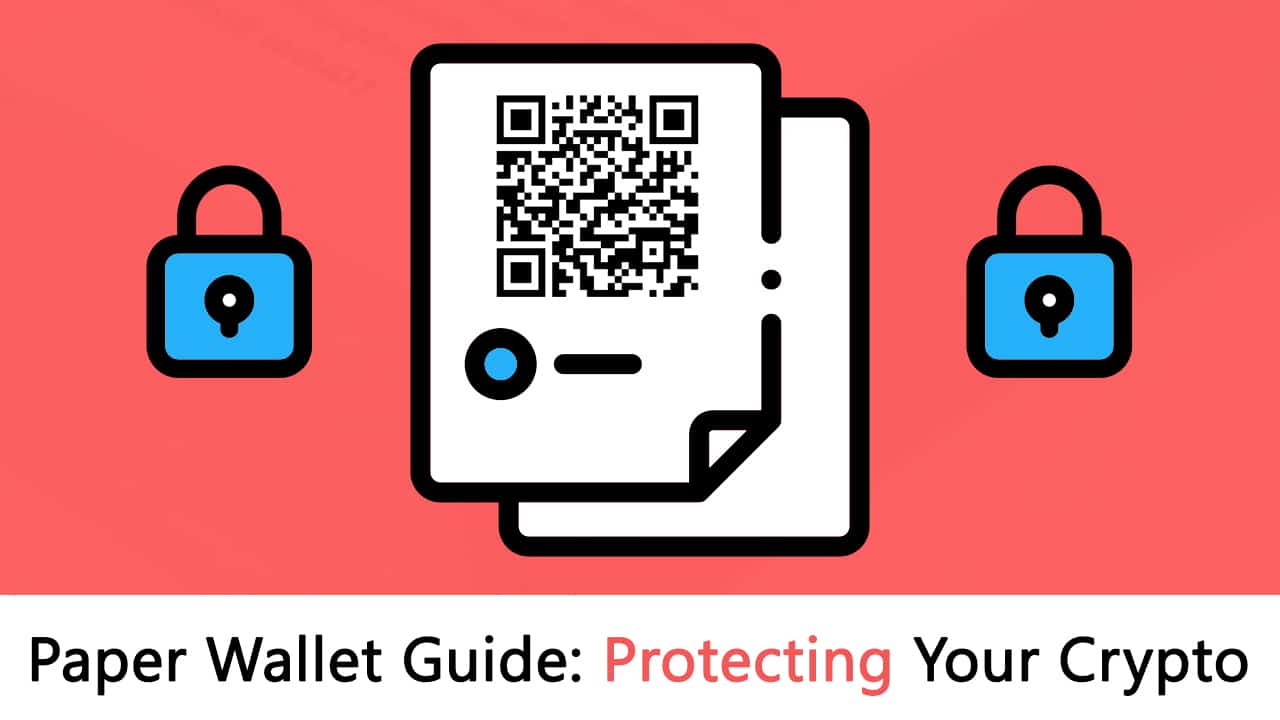


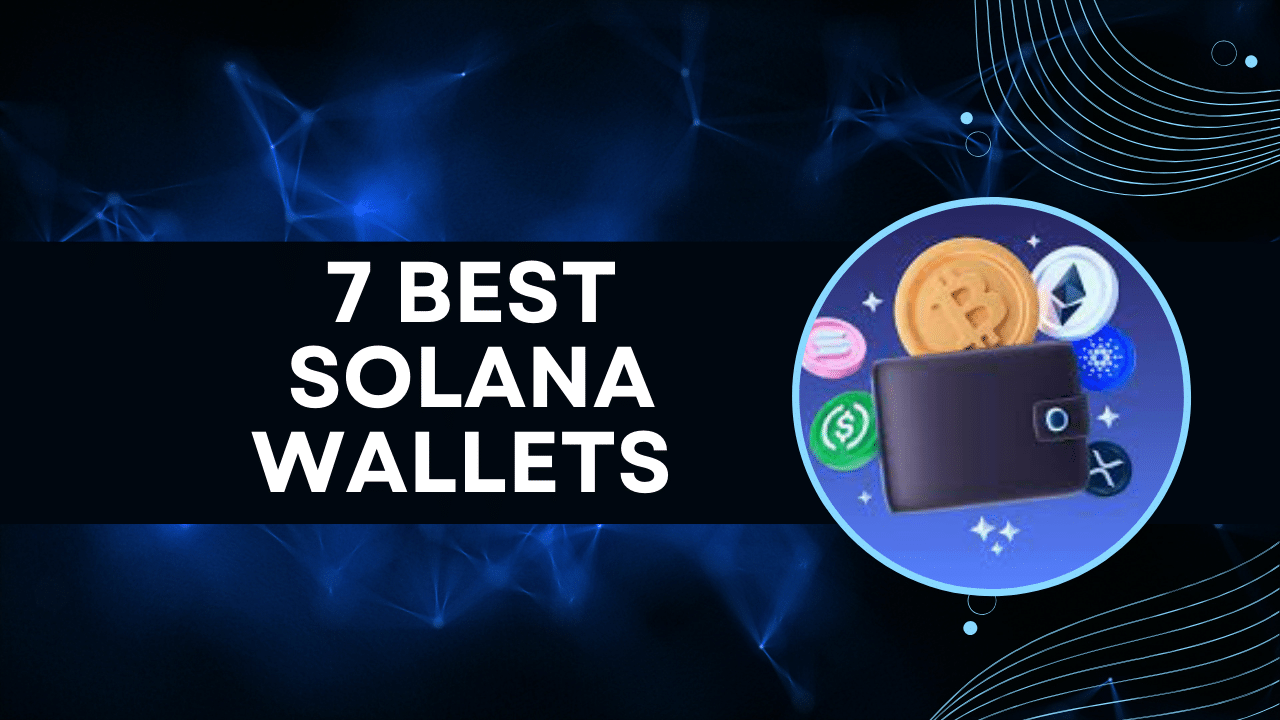
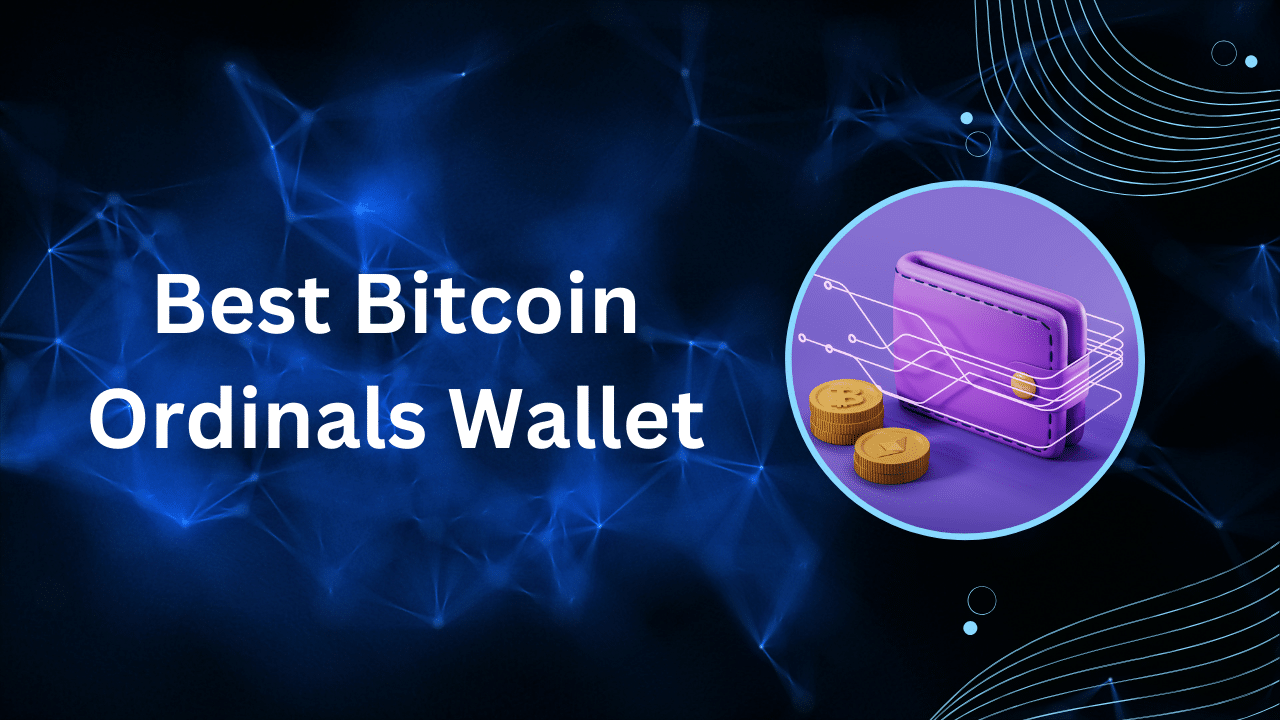
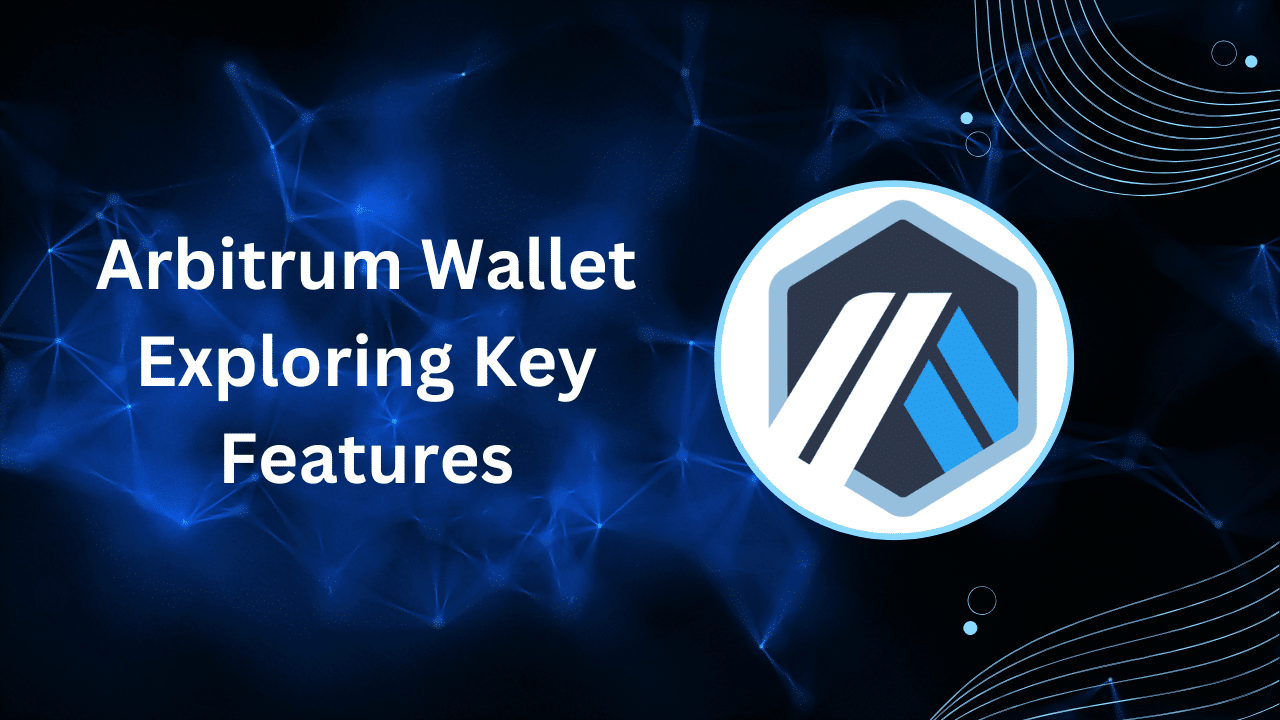
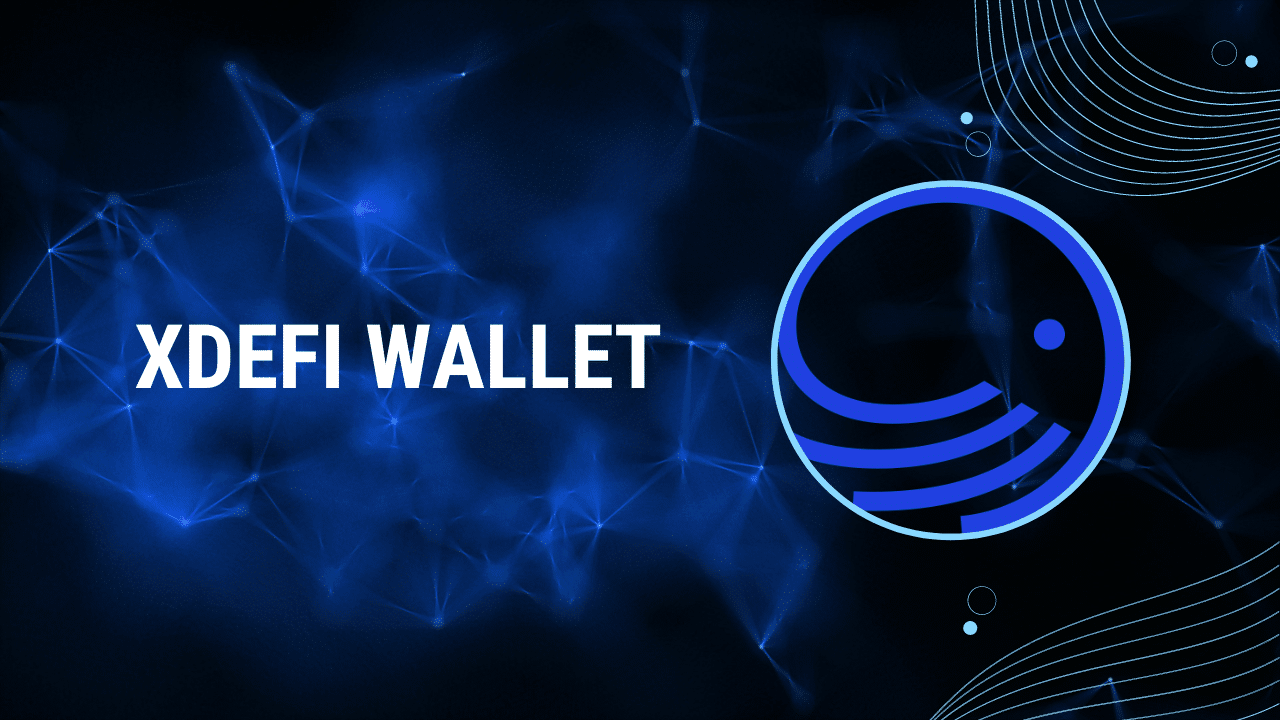
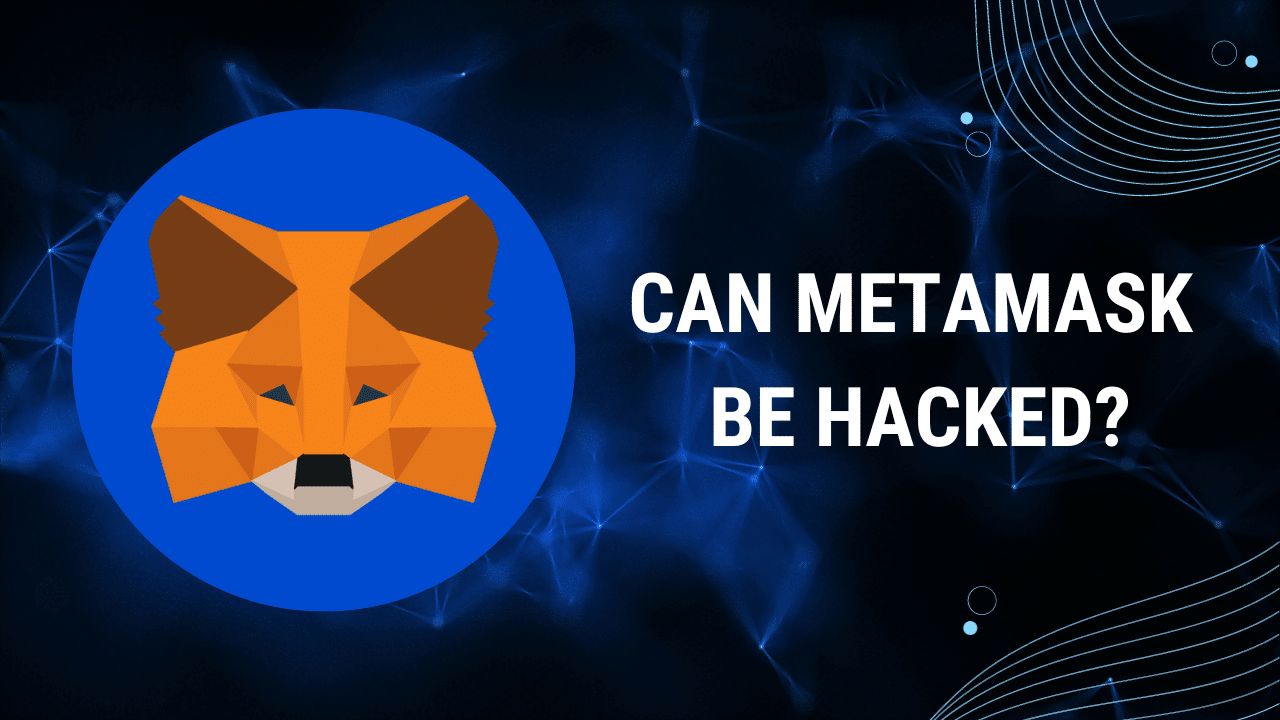
A cryptocurrency wallet is a digital wallet that you can use to store, send and receive various cryptocurrencies. upcoming ico yelo.one How does multi-signature wallet save you from human error? Let’s take the example of BitGo, one of the premier multi-sig wallet service providers in the world.
You can start your wallet , even without investing real money at first . You can get it for free , even if in small amounts at first , but still worth it , in my opinion .
Do you know about Bitcoin faucets? Every 5 to 60 minutes (depending on each site) you solve a Captcha to collect from 20 to up to 200 Satoshis each time (depending upon each site)
First faucet of my choice is Free Bitcoin https://freebitco.in/?r=11421916 . Gives about 30 Satoshis every hour. Collect 30,000 Satoshis and they are transferred to your Bitcoin wallet, for free, the next Sunday.
Register at Coinpot Cryptocurrency microwallet https://coinpot.co.
With that email id that you used at Coinpot, login to MoonBitcoin http://bonusbitcoin.co/?ref=66BE7F3DA89D .
All three will collect your Satoshis to the Coinpot microwallet. Once you have 50,000 Satoshis at Coinpot, you can transfer them, at your will, to your wallet for free.
I’d suggest you collect the alt-coins too. In time they gather a nice sum . The ones CoinPot microwallet uses are :BitcoinCash http://moonliteco.in/?ref=01b3471c475e .
It’s slow , you may earn little at the beginning but it’s a nice & free way to start your cryptocurrency wallet , and maybe start trading to earn some big amounts of money later.
Good luck !
Hi, Have I to create one paper wallet address for all coin or different address for every coin. please reply the procedure,charges related to transffering bitcoin/etherium/litecoin/ripple to paper wallet and also how I can restore(procedure,charges) to online address. Right now I am using Zebpay, Koinex, Unocoin wallet address.So Please explain the procedure and charges for withdrawing and depositing the coins I mentioned.
Please mail me your response to my registered mail ID.
Thank you.
Does anyone know how to retrieve the private keys for the ledger nano s wallets?
Ms PetaRabbit, I’m with you. I want to download a secure paper wallet, but can’t guarantee my computer is free of spyware/viruses. The author starts with “Ensure your computer is entirely free from any form of malicious software. A brand-new computer would be ideal but is often not feasible.”
It goes on to say..”Once downloaded open the “index.html†file but before that make sure that your internet is off”….which is followed by .. “This entire process is done to make sure that your wallet is hacker free.” Is it accurate to assume that using this procedure will produce a hacker free wallet, even if the computer is potentially infected? I’m still concerned because the website says this is done “For extra security”. I’d fell more comfortable if the website said this will provide complete security. Can anyone provide clarity on this issue? Thank you
How do you move the coins from the paper to somewhere else if you want to sell it in future?
I’m confused. I have scoured several “paper wallet” articles and they all recommend to have a strictly offline computer (never touched the inter webs) for generating addresses. The reason being that most people can’t be 100% sure that their computer is malware free.
I have combed my computer for malware and used software to perform a sweep and I am not confidant to generate addresses on it. In saying that, I’m not a security professional and I don’t always know what I’m looking at when I come across something dodge.
Excelent Guide!!
Just created some paper wallets (Bitcoin, Litecoin and Dash) and I’ve a question about “activation”.
I didn’t transfer any amount to my wallets yet. When I search for my bitcoin address, it’s showing some info and of course balance of “0”. But, my dash and litecoin address doesn’t exist.
Do you know if I need a transfer to the address for being activated?
Very good and very useful article. Good job 🙂
How is it recommended to store the “keystore file” when creating an Ether Wallet?
I believe the zip files that needs to be downloaded when creating a Ether Wallet now has a different name, but it should be obvious which one it is
Great article thank you!
So what’s the chances of the same paper wallet key, or any wallet key for that matter, being randomly generated multiple times? This is a genuine question! It seems probable to me, pessimist that I am …
Hey Emmanuel, I’m with you. I’m not confident on how to transfer TO the private key address. I would think you send your coin to the public address but would love some confirmation from someone in the know.
Great article Blockgeeks! Thanks for taking the time to share such valuable info
Thanks for this information.
I have invested on Bitcoin and some other altcoins in different coin exchangers.
How do I create a paper wallet for all of them?
After creating a paper wallets, how do I transfer my coin from the web account (HOT wallet) to the paper (COLD wallet)?
I am not an ICT expert, I will appreciate if you can prepare a stepwise process for generatining and transferring of coins to cold wallet.
Recently my Ripple coin was removed from my wallets.
Super!
Brilliant !!
Thanks 😉
Hey! Is there any risk of getting hacked through malware if I never ever connect my computer to the internet after generating paper wallet offline from bitaddress.org ?
Yes, this is the same method like from WalletGenerator.net I generated my paper wallet using bitaddress.org (offline of course).
THANK YOU !!!! for useful info …